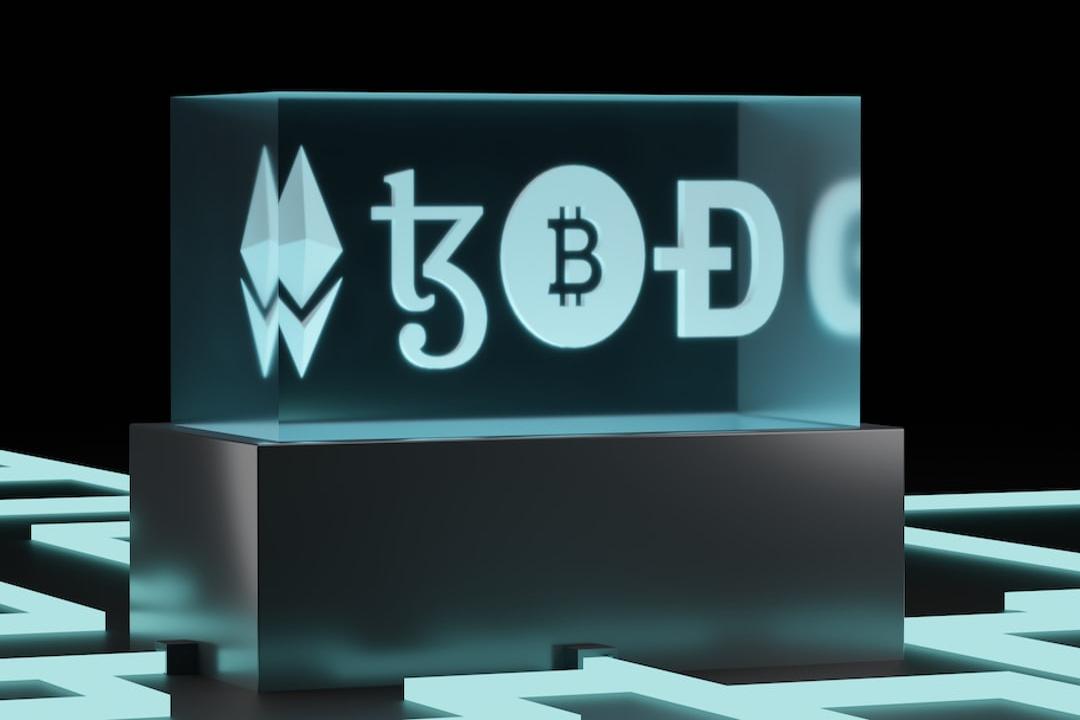2024 is more than half over, and OurNetwork team has invited three well-known contributors to report on the most important on-chain developments in the cryptocurrency space in the areas of consumers, DeFi, and infrastructure.
Consumer Overview
With the rise in consumer cryptocurrency in the first half of the year, Polymarket’s monthly trading volume has exceeded $100 million, Zora’s monthly user base has surged to 350,000, and Pump.Fun has become the leading revenue-generating application (with revenues reaching $50 million since the beginning of the year).
On-chain social engagement continues to grow. Decentralized social networks Farcaster and Lens Protocol are seeing an overall increase in user numbers, with Farcaster having close to 750,000 FID and Lens having over 430,000 independent users. However, it’s important to note that in Farcaster and Lens, over 70% of users have followers of fewer than 50 people.
Zora, a platform for on-chain content creation and social engagement, has over 350,000 monthly trading users, including over 66,000 monthly creators and 330,000 monthly collectors. This month alone, over $1.6 million has been paid out in creator rewards.
More and more Zora minting (3.3 million and growing) is coming from non zora.co referrals. The top referrer is Layer3, a discovery platform responsible for over 290,000 mints.
Leading cryptocurrency prediction market platform, Polymarket, has also made significant strides, with active users (peaking at over 3,500 people) and weekly trading volumes ($43 million) hitting historical highs after the first presidential debate.
In the first half of 2024, Memecoins dominated cryptocurrency returns, with the top 10 tokens experiencing an average increase of over 1,834% from the beginning of the year to June 21st.
In the gold rush, is it more profitable to sell shovels? The meme coin launch platform and trading market pump.fun on the Solana chain has deployed over 1.1 million meme coins to date. The platform has generated over 340,500 SOL (approximately $49.7 million) in protocol revenue.
Last week, analysis platform DEX Screener launched Moonshot, a competitor to pump.fun, and has since issued over 26,000 tokens, generating 3,000 SOL ($440,000) in protocol revenue. It’s important to note that most of these activities occurred in the first few days after Moonshot’s launch and gradually decreased in the latter half of last week.
In the NFT space, the Ethereum mainnet remains the largest platform for on-chain transactions. NFT marketplace Blur has driven L2’s Blast to capture the second-largest share of NFT trading volume in the EVM L1/L2, holding 20-40% of the market share in L1/L2 and 80-90% in L2.
In the past six months, activity within the Solana NFT ecosystem has surged, accelerating the adoption of Compression NFTs (cNFT) and the Token-2022 (T22) standard. Earlier this year, Magic Eden reclaimed the top spot from Tensor, becoming the largest market in terms of trading volume and the number of traders.
This week, one wallet made about $1 million in Mad Lads. Also, this week, the minimum price for CryptoPunks rose from 23 ETH to 28.47 ETH ($99,000). The most recent sale was on July 1st, with a price of 29.5 ETH.
DeFi Overview
DeFi has shown strong performance in the first half of the year, with key usage metrics for DEX, staking derivatives, and lending all increasing by approximately 100% since the beginning of the year.
So far this year, DEX has added approximately 600,000 tradable assets. Uniswap is the largest DEX in the cryptocurrency space, with around 410,000 of the new assets. This is significant as startups often need structural advantages to compete with existing companies. DEX currently holds approximately 2.5 million assets on-chain, providing global liquidity and accessibility. No traditional exchange can offer similar functionality.
Staking derivatives (liquidity staking and restaking) have seen a $30 billion increase in staked assets so far this year. EigenLayer accounts for about $15.2 billion of this growth, while Lido accounts for about $11.1 billion. For Lido, revenue comes from Ethereum fees and inflation, while for EigenLayer, revenue comes from applications built on top of it, many of which are still in the development stage.
Active loans on lending protocols have increased by about $5 billion so far this year. In terms of TVL, leading lending protocol Aave accounts for about $4.5 billion of this growth. Compared to the ATH from 2021, both Spark and Morpho have entered the top three, with active loans of approximately $1.7 billion and $1.1 billion, respectively. Aave remains the market leader, holding about 62% of the market share in approximately $7.9 billion in active loans.
Infrastructure Overview
Multiple blockchains with 2M+ DAAs; ETH L2 continues expansion
In the first half of 2024, several blockchains have continued to grow. Both NEAR and TRON have daily active addresses (DAAs) exceeding 2 million, with Solana close behind at around 1.5 million. With the development of the TON ecosystem and Telegram’s integration of more TON into its in-app functionality, TON and SUI have also seen significant increases in active addresses. SUI has also attracted a large number of active addresses through its SPAM program, although the DAA has since declined but remains higher than before SPAM.
Despite steady growth in DAAs, total blockchain fees often fluctuate based on blockchain sentiment. In well-known blockchains, average total fees per week in the beginning of the year were approximately $100 million, but have since dropped to around $50 million. Bitcoin, Ethereum, Solana, and TRON remain the highest fee-charging blockchains.
Ethereum scaling solutions (including Optimistic Rollups and ZK Rollups) continue to offer low-cost transaction options for users. The number of transactions on L2 has increased from approximately 5 million in early 2024 to between 7-10 million in June/July 2024.
Due to Layer Zero airdrop requirements for users to “spend” a certain amount of ZRO to claim tokens, fees on Arbitrum have increased significantly. On June 20th, Arbitrum users paid over $4 million in fees to claim tokens, marking Arbitrum’s most profitable day in 2024.


